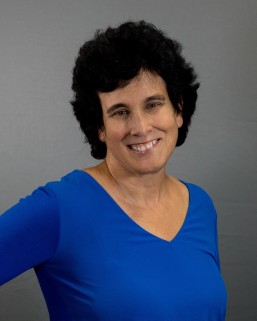Commentary: 1990s-style tough-on-crime approach wrong for juvenile justice
Reforms needed to move away from costly approaches that don’t address root causes of youth crime.
Maryland Gov. Wes Moore has signed legislation that follows other states’ backward march to reinstate failed policies of the past. These “tough-on-crime” laws aimed at children as young as 10 will not make us safer and will cost an exorbitant amount of taxpayer dollars. These laws may play well in headlines and political speeches, but they will not make our communities safer and will fall most heavily on Black and brown children who are from low-income families. We need to be serious about safety and not play politics with our communities and our children.
These new laws echo actions of the 1990s. While some crime has risen since the height of the COVID-19 pandemic, crime overall is far below the levels of the 1990s and continued to drop as laws were reformed to deal with young offenders in effective ways. The federal Bureau of Justice Statistics reports that “for persons ages 12 to 17, the violent victimization rate declined 85%, from 184.8 per 1,000 in 1993 to 27.4 per 1,000 in 2022.”
Despite a brief uptick for some offenses by teens in the years immediately following COVID lockdowns, recent data shows that the downward trend continues. Moreover, research shows that legal system interaction imposes lasting harm on young people, including adversely affecting mental and physical health and educational and employment opportunities.
Bringing more children into the legal system and keeping them there longer might seem like an expedient response, but it is not effective and makes us less safe.
